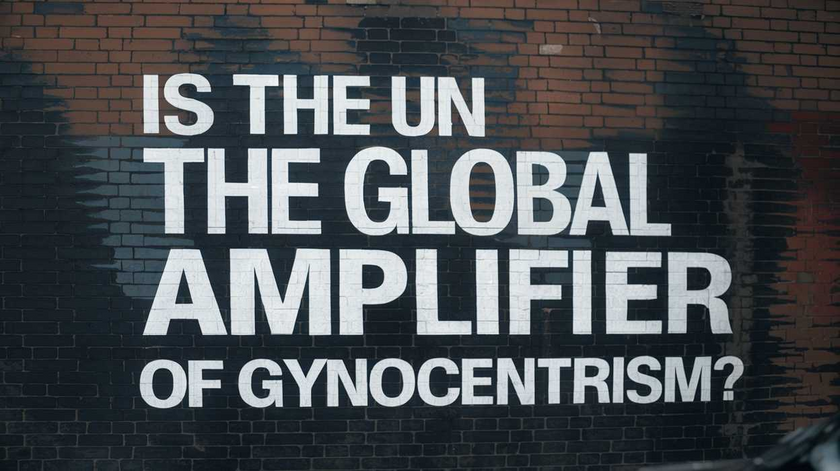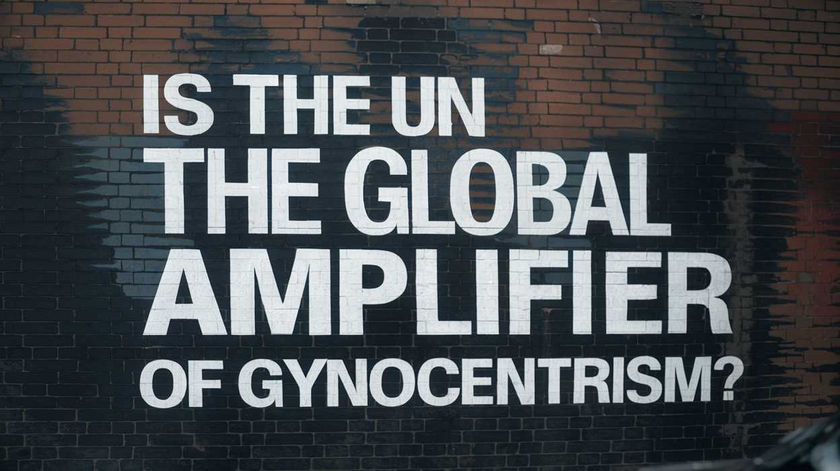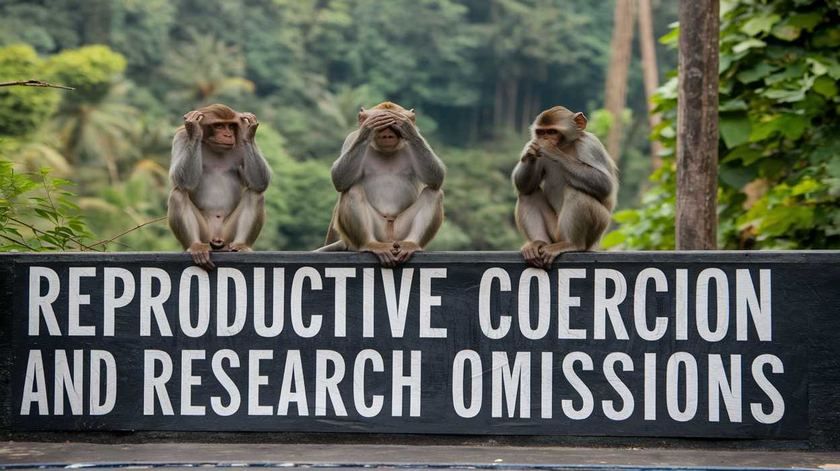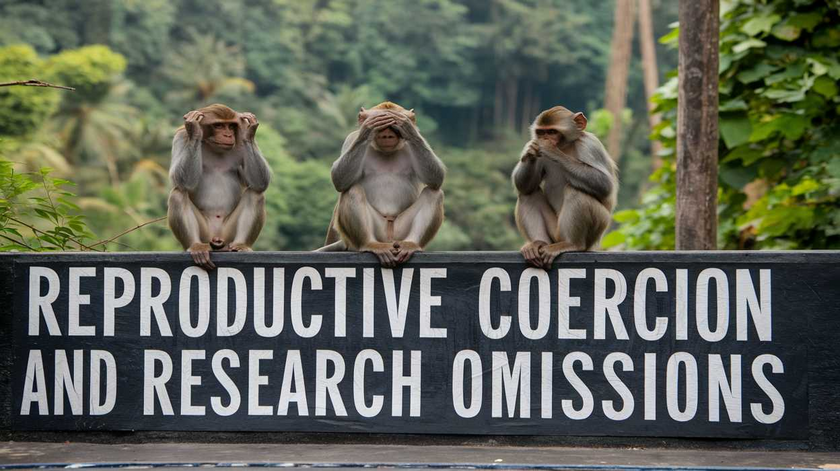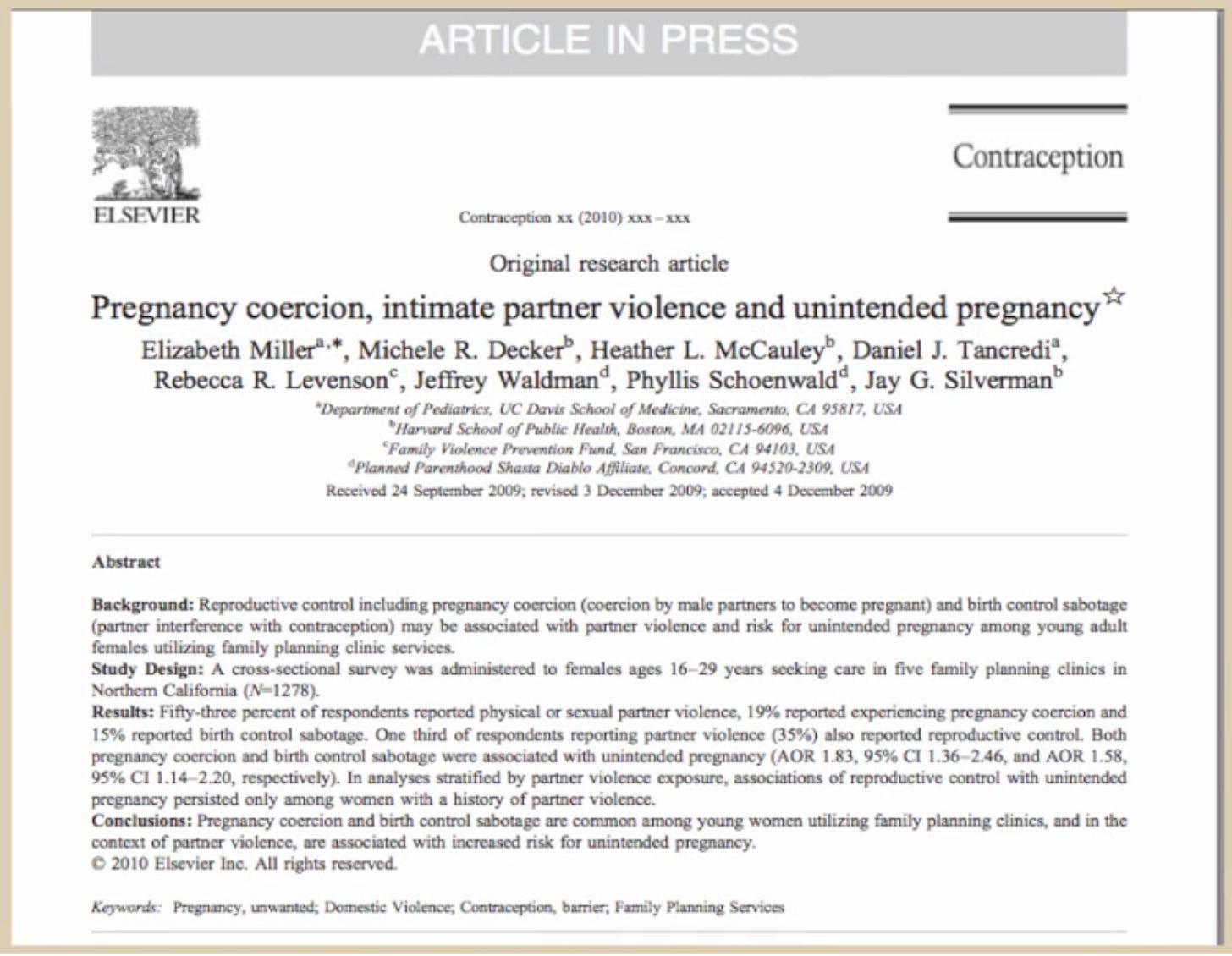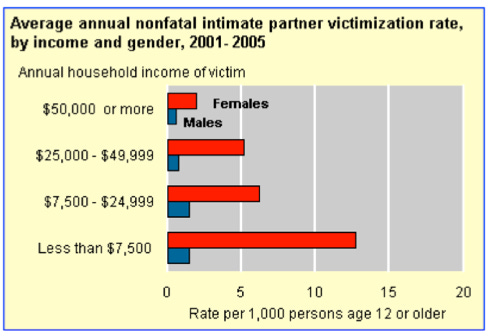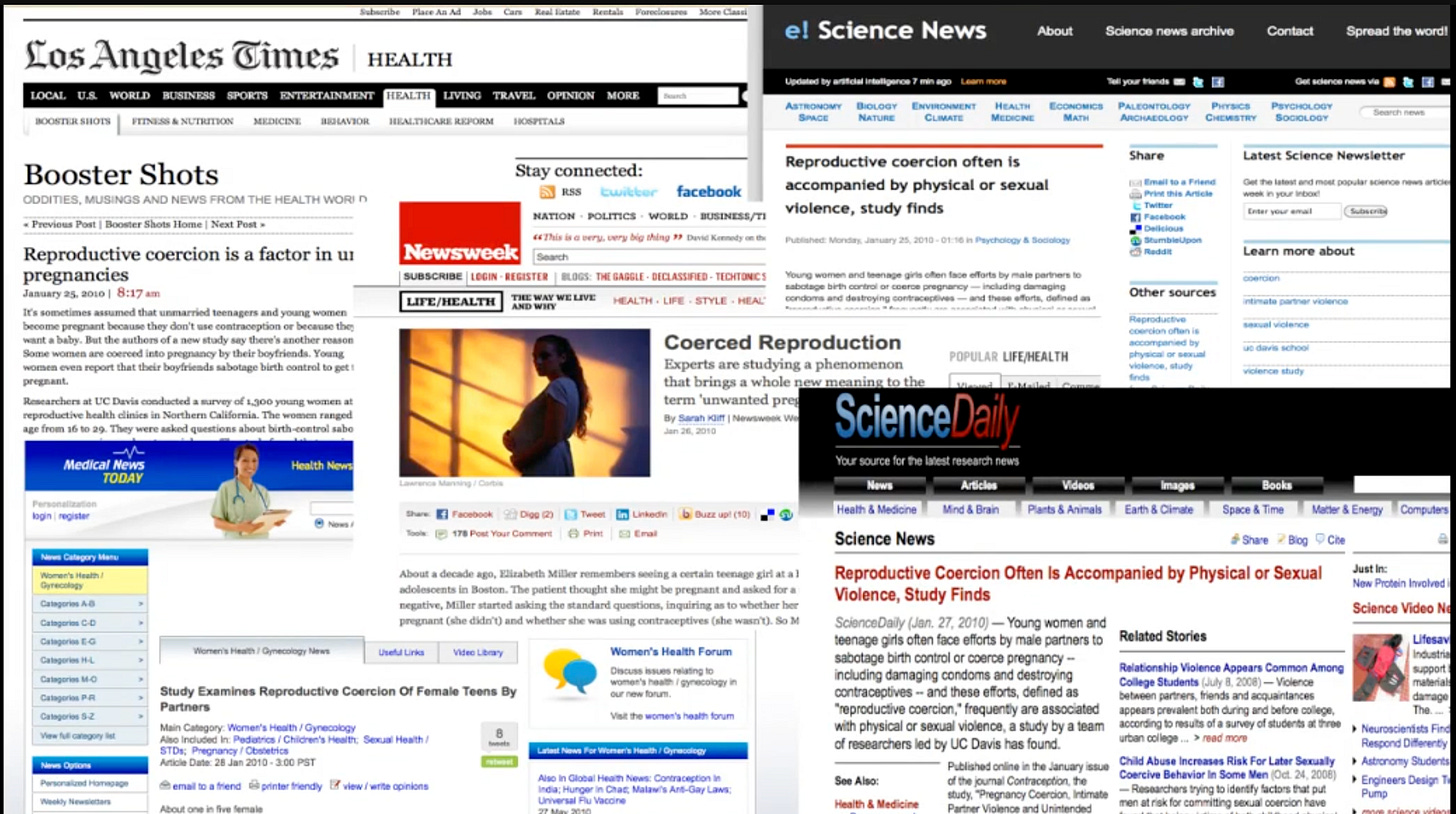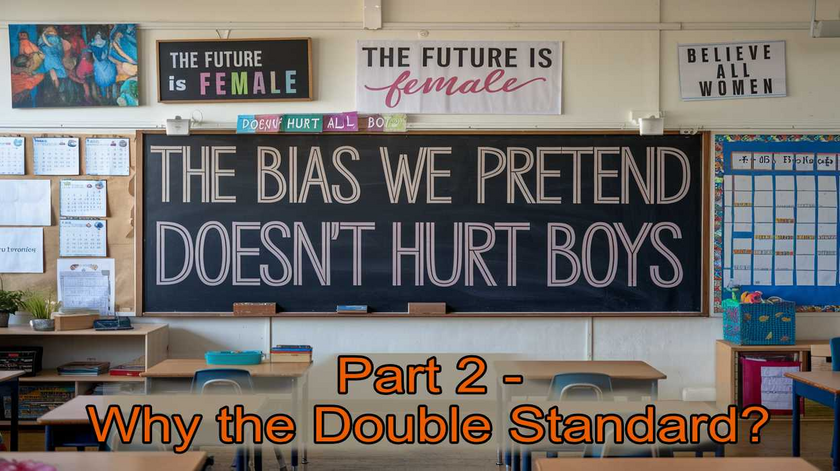Men are Players. Women are Prizes. part one
I received this email from a gentleman who expressed some views on the issue of men as players and women as prizes. I have to agree with his main thrust. What do you think? Tom
Dear Tom,
If I may cry on your shoulder about a particular observation I made in the recent past regarding various corners of the MRA scene . . . I think it's safe to say that most sane people understand that men are players and women are prizes. And yet, some time ago, I noticed that various MRAs were denying this truth while claiming that any man who believes men are players and women are prizes must be a self loathing mamma's boy with masochistic gynocentric fantasies.
Tragically, those are the same sorts of insults and lies that the feminists hurl against any man who discusses these concerns. Acknowledging that women are prizes and men are players is not a state of "pathological victimhood" as some MRAs have claimed. It's a recognition of reality, and it is a form of gaslighting when anyone says otherwise.
image.png
Clearly, when women act as players in the educational and economic spheres, women do so in order to compete against men. Equally clearly, when men act as players, men do so in order to impress women with their victories. These profoundly obvious widespread truths cannot be rationally refuted. We can't even begin to discuss the 80/20 rule or other problems facing men unless we begin by clearly explaining the male player/female prize dynamic. It's not primarily a social construct. It's a biological underpinning. Life is a game. Men are players. Women are prizes.
If there were one single truth that I would want to tell people to help them understand men and women, it would be the fact that men are players and women are prizes. The dynamic is similar to a football player and cheerleader dynamic. Of course a good player is a prize in his own right, and of course cheerleaders have internal competitions regarding who can be the prettiest, but only a first rate fool would claim that he doesn't understand the difference between a cheerleader (prize) and a quarterback (player). And yet, I recurrently run into various MRAs who actually have the nerve to play dumb and claim that the male player/female prize dynamic is actually reversible, or otherwise doesn't actually exist.
The unbelievable obnoxiousness of people denying the general human evolutionary truth that men are players and women are prizes is difficult to comprehend. The mere existence of prostitution points to this simple fact. Even on a microcosmic level, male sperm literally compete with one another to reach the egg.
The primary definitions of masculinity and femininity are rooted in the concept that men are players and women are prizes. After all, what traits make a good player? Stoicism under pressure, leadership skills, a competitive spirit, heroism, the capacity for innovation, tenacity, grit, brute force strength, skill, height, competency, shrewdness, genius, inventiveness, steadfastness, curiosity, a love of exploration, a gambler's heart, hand eye coordination, daring, good sportsmanship, respect for one's adversary, and an overwhelming desire to win. More advanced forms of masculinity include ideals such as the capacity to beat one's enemy only to then help them back up by extending a hand of forgiveness and reconciliation. Masculinity is what it means to be a player in the game.
As for women? Women are the prizes of the human race. Women have three primary powers to offer men: Sexual reward, childbearing, and maternal soothing. There's nothing else women have to offer men that men cannot basically do for themselves. Women are the mothers, sex objects, and cheerleaders of humanity. When women try to act like men, they use their newfound masculine powers to weaken, confuse, and devalue men. Not only does that not help men, it actively makes men's lives worse by placing the cart in front of the horse. That leads us to a controversial question: Given that women have generally proven that they will not play the role of hypogamous providers to hypergamous male dependents, even when they surpass men in matters of education and economics, do women really have any moral right to be competing against men for positions in either higher education or the economy in the first place? Men already radically overproduce, creating more goods and services in the monetized economy than we could ever possibly need. And men already create a rate of technological change that is so overwhelming that we can hardly even keep up as human beings. Not only is women's contribution to the monetized economy not needed, their involvement likely causes more harm than good.
We can't even begin to have a public conversation about sympathy for male needs unless we start by acknowledging that men are players and women are prizes. Only then can we discuss which rules and social norms would best facilitate proper male/female relations. Only then can we come up with a solution that balances the best elements of sexual competition and sexual compassion at the same time.
image.png
The player/prize dynamic cannot be inverted. However, if we are going to have sympathy for men in our society as men face their roles as the players of the human race, we must first begin by telling the truth: Men are players. Women are prizes. Calling anyone who says this a "self loathing mamma's boy with gynocentric mother issues" is basically a line of feminist psychological abuse rooted in obfuscation. There are few greater ways to sabotage either men or women than to lie to them about their roles as players and prizes.
I have listed some bullet points below laying out the claim that men are players and women are prizes. Nobody is saying the dynamic is 100% entirely black and white, so let's please skip over those sorts of comments if anyone wants to make such claims. The overwhelming evidence shows the dynamic is strongly slanted in that direction.
If we want to explain why women still complain about men being "too poor" even after women surpass men in matters of education and economic attainment, we have to acknowledge the fact that men are players and women are prizes. A "prize" (a woman) is still going to act like a prize even when she is also trying to act like a man at the same time. And even if she proves herself as a man, she's still not going to play the part of a provider to a male dependent. The hypergamous dynamic is widespread beyond any reasonable doubt. Women absolutely suck at playing the role of a provider to a male dependent. They are truly second rate men in this regard.
image.png
The reason this is so important to discuss is because once we all understand that men are players and women are prizes (roughly speaking), then we can actually discuss how to go about regulating social norms regarding what is and is not expected of either sex, all while creating both stigmas, and hierarchical systems of reward, unique to both sexes. This includes caveats for how to go about meeting the needs of those who rack up at the bottom of the male or female hierarchy so that those people don't implode. But we can't even begin to discuss those dynamics unless we begin with the male player/female prize explanation of human behavior.
And for those who say this is a gynocentric fantasy? No it's not, because a player is not any less respectable than a prize. Both categories come with their share of burdens and benefits. However, the difference is that male disposability is a dramatically greater problem specifically because men are players and women are prizes. But there's no way we can possibly even begin to have that discussion regarding how to go about helping men who rack up at the bottom unless we acknowledge that men are players and women are prizes.
It is a huge mistake to assume the player/prize dynamic is primarily "culturally constructed." That theory is as foolish as the theory that "capitalism causes inequality." The problem goes way deeper than that. It's a biological underpinning. It can be guided and managed in ways to make the game more or less civilized, but it cannot be erased entirely.
And before anyone says that some women chase men, so doesn't that disprove the male player/female prize dynamic? Not even remotely. That's an unbelievably foolish statement. Just because a cheerleader chases a footballer does not cause the male player/female prize dynamic to invert. I'm actually amazed beyond belief that so many people don't understand this.
image.png
For the game to be inverted, so that men were true prizes and women were true players, women would have to be competing with one another to see who could become rich, famous, and/or well educated, only to then marry and mate down in class while acting as though this dynamic was entirely natural. It's absurd that we even have to explain that, with rare exception, this is simply impossible.
I have seen so many grotesque distortions and bizarre hostilities regarding these basic underlying truths among various corners of the MRA scene at this point that I can hardly even believe it. At some point, among some MRAs, the desire to avoid victimhood began to look more like gaslighting victims by trying to distort reality in order to pretend that men are not suffering from real social challenges.
Believe it or not, the male player/female prize dynamic is not a social construct and it was not invented in medieval France. It has existed, more or less, since the dawn of man. Even the physical characteristics that women prefer, such as height and upper body strength, obviously point to the male player/female prize dynamic.
● Women reject men at a rate ten times higher than men reject women. This represents the fact that women are more selective than men in their mate choice. This also represents the male player female prize dynamic.
● The more socioeconomic power women get, the more women use that power to devalue husbands and fathers while becoming increasingly selective, demanding, and critical towards potential male partners. The more power men get, the more men use that power in order to impress women of comparatively lower socioeconomic status in hope of earning mating rights.
● Prostitution is generally a one way street. The male body, with rare exception, cannot be sold to women.
● Hypergamy is generally a one way street. Again, the male body, with rare exception, cannot be sold to women.
● Twice as many of our reproductively successful ancestors were female, not male. Regardless of whether or not this was largely due to accidental deaths, this piece of evidence still leans towards the male player/female prize dynamic because the species rolled the dice harder with men's genes.
image.png
● Women often care what kind of car a man drives. Vanishingly few men give a damn what kind of car a woman drives. Why might that be the case?
● Men are more likely than women to be turned down for sexual intimacy, even within their own marriages.
● Women judge 80% of men as below average while men judge 50% of women as below average.
● The concept of a female harem is well known. The concept of a male harem is laughable.
● Even on a microscale, the act of sex involves male competitors (sperm) racing towards a prize (the egg). This dynamic is representative of the male player/female prize evolutionary dynamic.
● In matters of sexual selection, women are more predominantly valued for their sexual purity (youth, beauty). Men are more predominantly valued for their worldliness, wealth, and social status (fame, education, competency, talent). Even when women gain educational and economic power, they are still reluctant to become hypogamous. This, again, suggests that the male player/female prize dynamic is largely biological. With rare exception, women appear to have a biological revulsion to hypogamy.
● Female incompetence is often a turn on to men (damsel in distress, woman in need). Male incompetence is most often a turn off to women.
● The concept of a man taking advantage of a woman for purposes of sexual gratification when that woman is in a vulnerable position is well known. The concept of a woman taking advantage of a man for purposes of sexual gratification when that man is in a vulnerable position is virtually unheard of.
● There are very few female comedians because women, with rare exception, are infamously unfunny. Many people theorize that this is because of the fact that there is no evolutionary motive for women to strive to win men over with humor given that women can rely almost exclusively on their biological power as womb bearers (sex objects) in order to seduce men and pass their genes on to the next generation.
● Inversions of the male hero/female damsel in distress narrative in women's romance literature are rare and comparatively unpopular.
● Female emotionality is more likely to be viewed as forgivable when it comes to matters of sexual selection. Male emotionality is more likely to be viewed as a sign of incompetence in matters of sexual selection. Again, this overwhelmingly points to the male player/female prize dynamic.
image.png
● The very fact that the weaponization of the insult of male sexlessness can even be used against men in the first place, while accusing men of being murderously resentful over their own alleged sexlessness, all while the inverted dynamic is entirely impossible, as no society accuses women of being murderously resentful due to their alleged sexlessness, reveals the male player/female prize dynamic in of itself.
Again, it's sort of insane and embarrassing that we even have to explain these biological truths to the masses these days. These are not primarily social constructs.
● Rape accusations tend to be a one way street, with women accusing men, not men accusing women. This is, yet again, what we might expect when examining a male player/female prize evolutionary dynamic.
● Complaints of sexual harassment also tend to be a one way street, with women accusing men, not men accusing women.
● Virtually all human societies define sex as "the woman giving something away" and the man "getting something" which may be symbolic of a male player/female prize evolutionary dynamic.
● With rare exception, women still remain unwilling to mate or marry down in class, even when women surpass men in terms of income and educational attainment.
● Those few women who do marry down in either educational or economic class are more likely, not less likely, to divorce their spouses.
● Western civilization's predominant public intellectual, Jordan Peterson, is a strong supporter of the male player/female prize theory of human behavior.
● Men are more likely to regret missed sexual opportunity while women are more likely to regret past promiscuity.
End part one --
